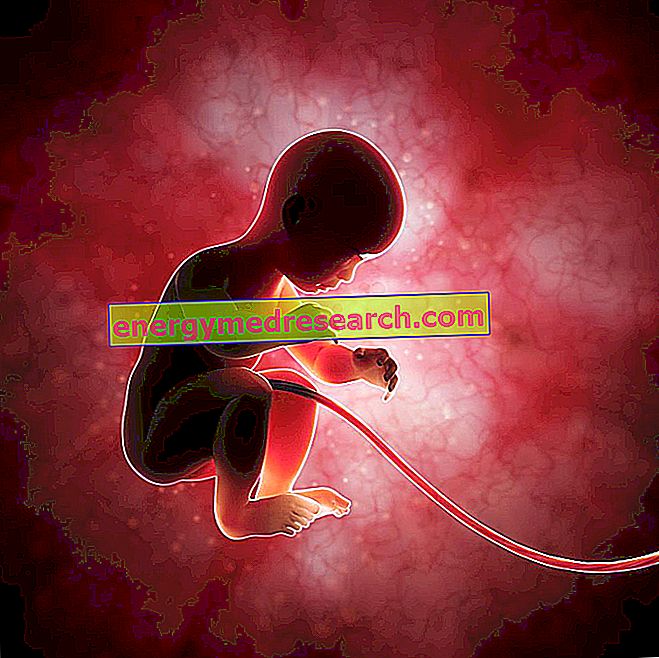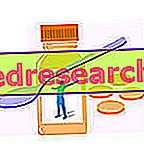Related articles: Male hypogonadism
Definition
Male hypogonadism consists of decreased testicular function, which leads to inadequate androgen secretion and / or deficiency in sperm production.
The causes are many. Male hypogonadism can result from a testicular disease that compromises testosterone production and / or alters the seminiferous tubules, with oligospermia (or azoospermia) and increased follicle stimulating hormone (FSH) and luteinizing hormone (LH) ( primary hypogonadism). In other cases, male hypogonadism derives from disorders of the hypothalamic-pituitary axis that alter the secretion of gonadotropins and can cause impotence and / or sterility (secondary hypogonadism). Both can be congenital (present from birth) or acquired, as a result of disease, aging and the use of drugs. The most frequent cause of primary hypogonadism is Klinefelter syndrome. Male hypogonadism can also result from tissue insensitivity to androgenic hormones.
Most common symptoms and signs *
- Alopecia
- Asthenia
- aSTHENOSPERMIA
- Testicular atrophy
- Azoospermia
- Decline in sexual desire
- cryptorchidism
- Depression
- Difficulty concentrating
- Erectile dysfunction
- Mood disorders
- Gynecomastia
- Insomnia
- infertility
- Hypospadias
- Nervousness
- Osteopenia
- Osteoporosis
- teratozoospermia
Further indications
The age of onset affects the clinical presentation. Congenital hypogonadism may begin in the 1st, 2nd or 3rd trimester of fetal life, leading to inadequate male sexual differentiation. We can thus observe anomalies ranging from the ambiguity of the external genitals (male pseudohermaphroditism or total feminization) to micropenia (penile shaft of pathologically reduced dimensions) and to cryptorchidism (incomplete or absent testicular descent in the scrotal area).
Hypogonadism with onset in childhood, however, it has few obvious consequences and usually only appears when there is a delay in puberty. Testosterone deficiency, if untreated, alters the development of secondary sexual characteristics and can lead to: poor muscular development, high voice tone, sparse villiness and inadequate growth of penises and testicles.
Hypogonadism with adult onset manifests itself in various ways depending on the degree and duration of androgen deficiency. Any acute systemic disease can temporarily decrease testosterone, FSH and LH levels in adults. As a consequence, there are frequent: decreased libido, erectile dysfunction, sleep disturbances and mood changes, such as depression and anger. After several months or years, muscle mass reduction may develop with fatigue, increased visceral fat, testicular atrophy, osteopenia, gynecomastia and sparse body hair. The diagnosis is confirmed by the determination of FSH, LH and testosterone levels. Treatment varies depending on the etiology, but typically includes adequate gonadotropin replacement therapy.



